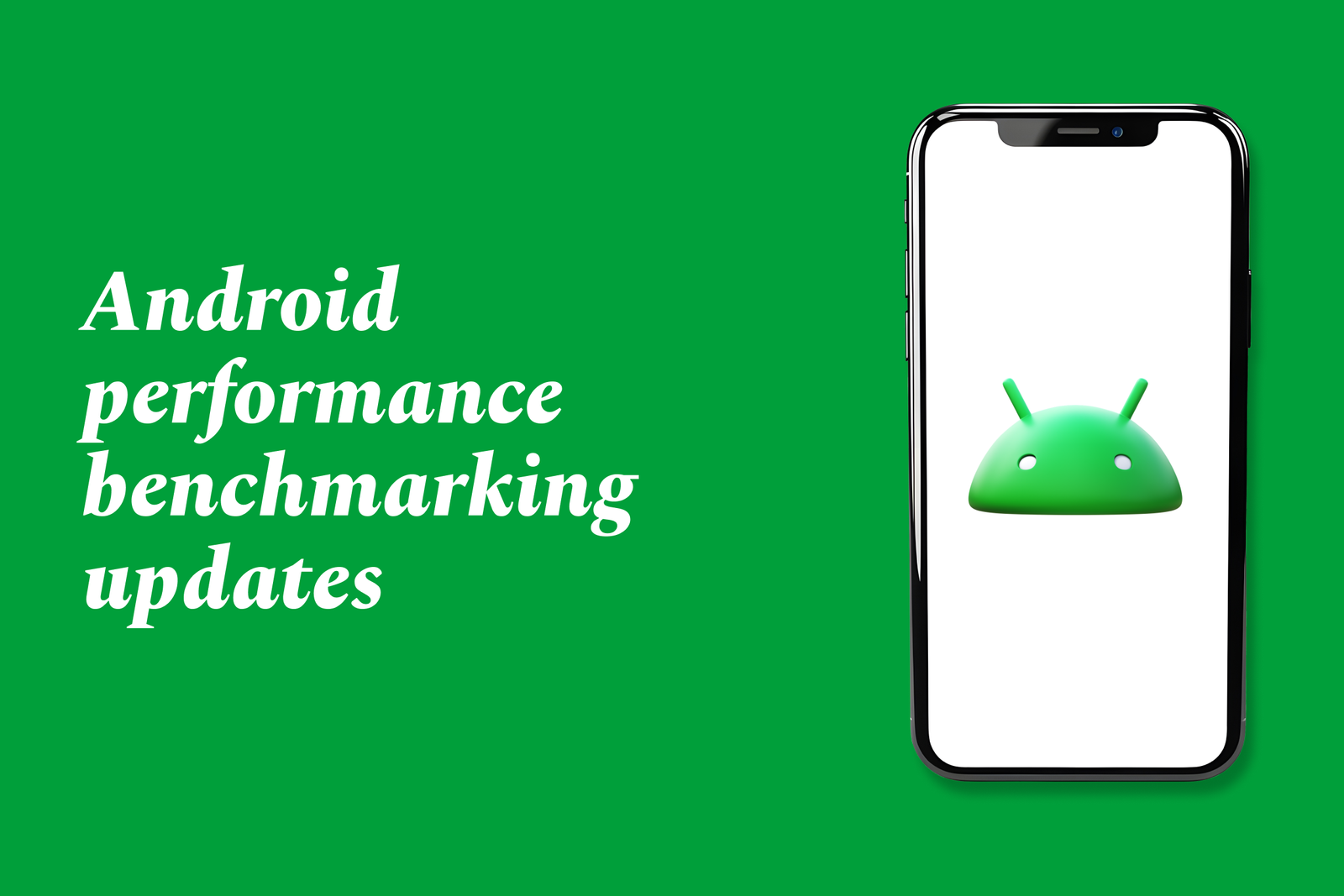Android Performance Benchmarking Updates
Android performance benchmarking updates enhance tools like 3DMark to better evaluate GPU and CPU power, supporting advanced features such as Vulkan ray tracing. These updates help users compare device speeds, track changes, and choose optimal benchmarks based on their hardware.
Android performance benchmarking updates
1 ) Introduction to 3DMark for Android
3DMark is a widely used benchmarking app designed to test and compare GPU and CPU performance on Android smartphones and tablets.
It provides users with detailed scores and data driven insights, allowing them to compare device models, track performance changes across OS updates, and identify devices maintaining consistent speed without slowdown.
2 ) Latest Benchmark Tests
3DMark Solar Bay: The newest and most demanding benchmark tailored for recent Android devices supporting Vulkan Ray Tracing, enabling realistic lighting in games. It includes three sections with increasing ray tracing workloads to evaluate gaming performance impact. Requires Android 12+, 4GB+ RAM, and Vulkan 1 )1 ray query support.
3DMark Wild Life & Wild Life Extreme: Designed for newer Android devices from various manufacturers, comparing them also to recent iPhone and iPad models. Wild Life Extreme sets a benchmark higher than many current devices can handle, revealing future device capabilities. Requires Android 10+, 3GB+ RAM.
Sling Shot & Sling Shot Extreme: Benchmarks focused on low to mid range Android devices, comparing performance to older iPhone and iPad models.
3 ) Benchmark Modes
Quick benchmark tests for instant performance assessment.
Stress tests for evaluating device performance under prolonged heavy load conditions.
4 ) User Benefits
The app automatically recommends the optimal benchmark based on device specifications to save storage and reduce download time.
Users can selectively install benchmarks tailored to their device capabilities.
Offers comprehensive charts, rankings, and filtering options to explore performance data for thousands of devices.
Enables easy and accurate comparison for users selecting their next smartphone or tablet.
5 ) App Availability and Requirements
3DMark is free to download with no ads or in app purchases.
Supports devices running Android 5 and above, with specific tests requiring higher OS versions and hardware capabilities.
Data privacy is maintained with no third party data sharing.
6 ) Additional Context
The updates emphasize support for modern Android features like Vulkan ray tracing for gaming, reflecting evolving mobile GPU technologies.
The benchmarking tools continue to serve developers, manufacturers, and users in evaluating device capabilities objectively and transparently.
https://justacademy.in/news-detail/kiosk-apps-with-flutter-and-embedded-uis
https://justacademy.in/news-detail/flutter-for-college-placements
https://justacademy.in/news-detail/flutter-for-ar/vr-apps-in-2025
https://justacademy.in/news-detail/android-development-language-trends
https://justacademy.in/news-detail/flutter-vs-swiftui:-ios-devs-take-note
Related Posts
In 2025, top Angular libraries offer modern, feature-rich components and tools for building dynamic web apps. From powerful data grids to low-code platforms like UI Bakery, these libraries enhance development speed, UI design, and scalability, making them essential for Angular developers.
Migrating from AngularJS to Angular 17 involves gradually upgrading your app by running both frameworks together using tools like ngUpgrade, rewriting components in TypeScript, and adopting Angular’s modern architecture to enhance performance, maintainability, and long-term support.
Angular state management tools help organize and handle app data efficiently, improving scalability and maintainability. Popular options include NgRx for robust, RxJS-based patterns, and newer Signal Store solutions that offer simpler, reactive approaches integrated tightly with Angular’s latest features.
RxJS in Angular empowers developers to manage asynchronous data streams with powerful operators like `forkJoin`, `combineLatest`, and `zip`. Mastering these key operators in 2025 is essential for building efficient, reactive applications that handle complex event sequences seamlessly.
Angular performance optimization in 2025 focuses on improving app speed and responsiveness by using techniques like OnPush change detection, lazy loading, efficient data caching, and AOT compilation. These practices reduce load times, enhance user experience, and ensure scalable, fast Angular applications.
In 2025, Angular remains preferred for large-scale, enterprise apps with its robust, all-in-one framework, while Vue attracts developers seeking simplicity and fast development for smaller projects. Both frameworks excel, with choice driven by project needs and team expertise.
Angular Signals are a new reactive primitive in Angular 16 that enable fine-grained, efficient change detection by automatically tracking dependencies and updating only affected parts of the UI. They simplify state management and boost app performance, revolutionizing Angular's reactivity model.
Angular interview questions to prepare in 2025 focus on core concepts like components, directives, data binding, routing, and dependency injection, along with TypeScript mastery and latest Angular features to ensure strong practical knowledge for building scalable, efficient web applications.
AngularJS reached its official end of support in January 2022, meaning no further updates or security patches. To ensure app security and performance, developers should consider migrating to modern Angular versions or seek third-party long-term support options if immediate migration isn’t possible.
The Angular Roadmap 2025 highlights upcoming features focused on improving developer experience and performance, including zoneless Angular, Signals integration, enhanced Forms, async data handling, improved HMR, and expanded Angular Material/CDK enhancements, driving modern, efficient web app development.










